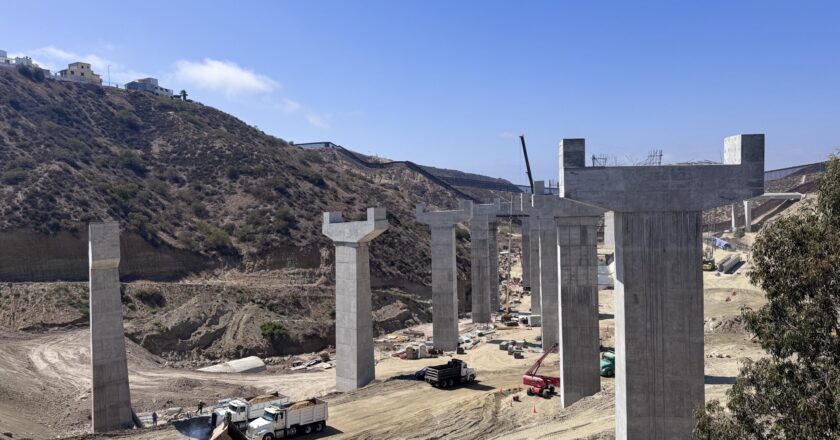Ensenada is about to pop the cork on one of its most beloved harvest season traditions. La Verbena de Santo …


Ensenada is about to pop the cork on one of its most beloved harvest season traditions. La Verbena de Santo …

Ensenada’s about to swap its sandals for sombreros. This September 15, the city will celebrate Fiestas Patrias like never before …

Rosarito’s seaside stage gets ready for its second grand operatic comeback—yes, with real high notes and no high drama. If …

Subscribe now to The Deep Dive podcast by GGNorth Reading is great—until you’re flipping tortillas, walking the dog, or forgot …

June fog was just burning off the coast when I pulled into Tempest Traders just south of Rosarito. I’ve long …

Partial Closure Hits Key Tijuana Bypass This Week If your plans this week involve cruising down to Rosarito, better map …

A Weekend of Dance, Storytelling, and Smoke-Kissed Flavor CDMX – August 2–3, 2025 — This weekend, Baja California is packing …

How to download a PDF of this publication:1. Locate the icon toolbar at the bottom part of the newspaper window. …

Free discounts across Baja? Yes, please. While some folks are flying off to Europe this summer, smart locals and curious …

If you were hoping to cruise above Tijuana’s daily traffic chaos by next year… slow down. The Viaducto Elevado—that shiny, …